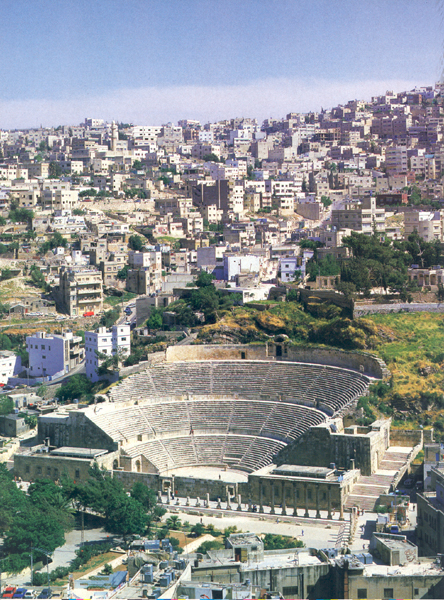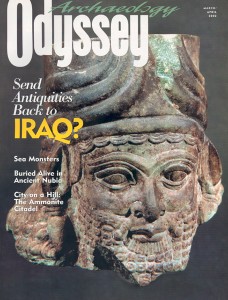Philadelphia of the Decapolis

In the reign of Ptolemy II Philadelphus (283–246 B.C.), Rabbath Ammon was renamed Philadelphia. Despite the name change, the city’s inhabitants remained largely Semitic and probably were never extensively Hellenized.
When Arab Muslims conquered the region of present-day Jordan in 634, they called the city by the name local peoples used: Amman, the modern Arabic version of ancient Ammon. Thus the city became officially Semitic again.
In this, Amman was different from other Levantine cities, such as nearby Jarash or Gadara. The reason is simple. Amman rests among barren rolling hills, cultivable to the west, where the rainfall is higher, but denuded and dry to the east. It is a natural magnet for desert peoples—as Amir (later King) Abdullah realized in 1921 when he decided to locate the Hashemite capital at Amman, where he could rally the tribes of the desert. On the other hand, this site was not particularly attractive to sophisticated Greeks and Romans, who preferred “civilized” places like Antioch or Alexandria.
In the years preceding the creation of the Roman province of Arabia in 106 A.D., Philadelphia was a member of the Decapolis, a league of ten cities stretching between Damascus and Amman. Only a few remains have been uncovered from the Decapolitan period, which does not appear to have been very prosperous. In the early second century, however, Philadelphia began to thrive as a provincial city of the Roman Empire.
Already a library member? Log in here.
Institution user? Log in with your IP address.

